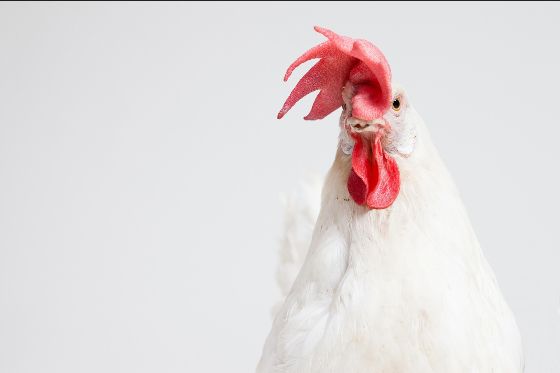
By Olivia Henry, the Australian Science Media Centre
With eggs in short supply and outbreaks spreading across Aussie farms, bird flu has Australia on edge.
Earlier this week, the AusSMC spoke to two experts from CSIRO’s Australian Centre for Disease Preparedness (ACDP) about the Australian and global situation.
Australia is currently experiencing three outbreaks which appeared between May and June in Victoria, NSW and ACT.
All three of these are H7 viruses – some of the more pathogenic (harmful) strains.
A second highly pathogenic strain, H5, or more specifically H5N1 2.3.4.4b, has now impacted all continents except for Australia – including Antarctica – and has caused deaths of poultry, wild birds, as well as a range of mammals such as seals and livestock.
Thankfully, according to Dr Debbie Eagles, Director of the ACDP, Australian strains so far have not shown any infection in people.
“Certainly, there are specific mutations that make infection of people much more likely, and those are being seen with some of those H5 strains being detected internationally,” she said.
But Dr Frank Wong, Senior Research Scientist at the ACDP, said avian flu is “still very much a bird virus” and when the virus infects humans in what’s called a ‘spillover’ event, it hits a “dead end.”
“The virus spills over from an infected bird or infected animal into humans, and then, because it's not adapted to infection in humans, it can't be easily transmitted from human to human. So basically stops there,” he said.
“And the other thing to note is most of these infections have been very mild, which highlights again that this virus is not very adapted to infection in mammals or humans,” he added, noting that infection linked to dairy herds usually manifests as conjunctivitis, or red eye.
“I think there's only one case where there's been many very mild respiratory symptoms which was quickly resolved,” he said.
Spillover events often happen when people are working on an infected property where lots of infected animals are shedding huge numbers of the virus in a relatively small space, which makes it much more likely to pick up the illness.
To add to this, the virus can also stick to trucks and shoes, which can allow it to travel even further.
“If people are moving between properties, that can spread the virus,” Dr Eagles said.
This is why, even though it’s difficult for people to get sick from the virus, infected properties are locked down and outbreaks are controlled and eliminated as soon as possible.
“As soon as we have detection of an outbreak, those movements are restricted, such that hopefully transmission between farms can’t occur,” Dr Eagles said.
Along with the increased risk of spread, viruses can become more pathogenic as they mutate, which could eventually make it worse for birds and even humans.
Quarantining infected properties immediately and working to control the infection reduces this risk of mutation, as it helps limit the virus being passed back and forth between birds and different locations.
“We're not saying that these mutations don't occur in wild birds as well, but the impact is much more significant in commercial chicken farms because of the nature of how birds are housed in commercial chicken farms, there's just a lot more birds that are located close to each other, in close contact,” Dr Wong said.
So far, these precautions have helped Australia keep avian flu mostly at bay. But Dr Eagles said the likelihood of H5N1 2.3.4.4b arriving on our shores is increasing, due to the large number of wild birds infected globally.
ACDP and other organisations are working to keep the agricultural sector and local wildlife safe through ongoing monitoring of the virus and rapid responses once the virus is detected, as we saw in the recent outbreaks in NSW, Victoria, and ACT.
“So far, Australia has remained free [of H5N1], but we are certainly getting very well prepared across industry and governments,” she said.
“Preparedness has to be across not just the agricultural industry, but also across areas environment as well as health as well. And certainly we're seeing those preparedness discussions and plans being worked up.”
This article originally appeared in Science Deadline, a weekly newsletter from the AusSMC. You are free to republish this story, in full, with appropriate credit.
Contact: Olivia Henry
Phone: +61 8 7120 8666
Email: info@smc.org.au